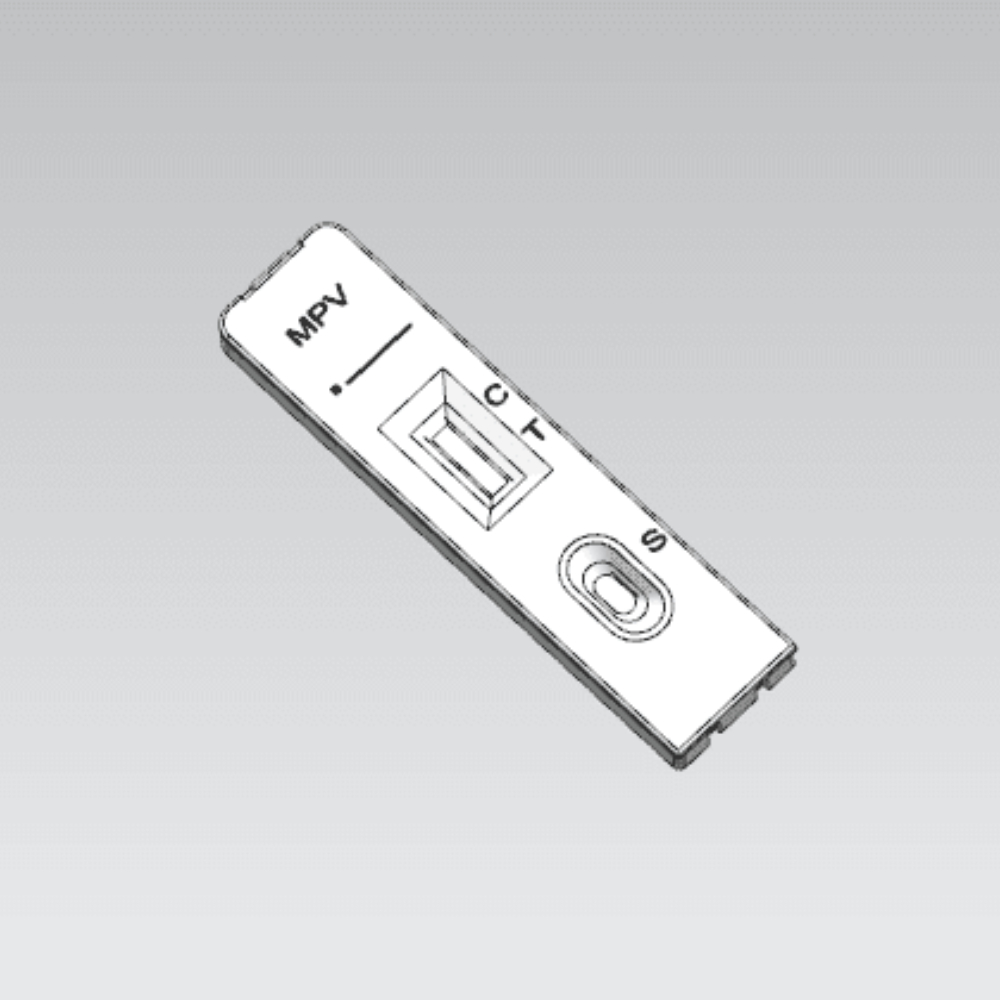In recent years, the application of micro-nutrients such as zinc has been increasing, which has brought about a significant increase in production of crops. In order to improve its effectiveness, it is also necessary to pay attention to "six defenses" when applying. First, prevent excessive application. When the concentration of zinc is appropriate, it can promote the growth of crops. The effect of too low is not obvious. If it is too high, it will have a toxic effect on crops or affect the health of humans and animals. When used as the base fertilizer, generally apply 1-2 kg of zinc sulphate; when used as top dressing, use 0.75-1 kg of appropriate amount of fine soil to spread evenly; for external spraying, use 90-180 g of zinc sulphate and 60 kg of water on sunny days. spray. Rice spraying should be in the tillering stage to the flowering stage, corn in the seedling stage, and wheat in the jointing stage. Alkaline soils are prone to zinc deficiency. Therefore, the application of zinc fertilizer on the soil can increase the dosage appropriately, and the acid soil can be appropriately reduced.
Second, anti-bias, abuse. The trace element zinc is the same as the nitrogen fertilizer, and should not be applied excessively. It should be applied to the soil and crops. For example, the paddy field caused by zinc deficiency in rice fields, the mosaic disease caused by zinc deficiency in maize, and the application of zinc fertilizer in fruit trees such as lobular disease, the effect of increasing yield is obvious.
Third, the prevention and application of phosphate fertilizer at the same time. Due to the mixed application of zinc and phosphate fertilizer, zinc phosphate precipitation is easy to form, which not only reduces the effectiveness of zinc, but also reduces the fertilizer efficiency of phosphorus. Fourth, prevent mixing with alkaline fertilizers and alkaline pesticides. Zinc is mixed with alkaline fertilizers and acts as acidic ions, which react with alkaline ions to reduce fertilizer efficiency. Similarly, zinc is mixed with alkaline pesticides, and the effectiveness of zinc and the efficacy of pesticides are also reduced.
5. Anti-"Zinc-based fertilizer" application. The application of trace element fertilizers such as zinc fertilizer can only show obvious yield increase effects only if the crops meet the needs of a large number of elements (such as nitrogen, phosphorus, potassium, etc.). Therefore, it is not possible to replace zinc fertilizer with the amount of nitrogen, phosphorus and potassium fertilizer.
Sixth, prevent continuous application. Zinc fertilizer generally has a post-effect of 2-4 years. In addition to severe zinc-deficient soil and cold soaking, it should generally be applied every other year, and the application amount should be appropriately reduced.
Second, anti-bias, abuse. The trace element zinc is the same as the nitrogen fertilizer, and should not be applied excessively. It should be applied to the soil and crops. For example, the paddy field caused by zinc deficiency in rice fields, the mosaic disease caused by zinc deficiency in maize, and the application of zinc fertilizer in fruit trees such as lobular disease, the effect of increasing yield is obvious.
Third, the prevention and application of phosphate fertilizer at the same time. Due to the mixed application of zinc and phosphate fertilizer, zinc phosphate precipitation is easy to form, which not only reduces the effectiveness of zinc, but also reduces the fertilizer efficiency of phosphorus. Fourth, prevent mixing with alkaline fertilizers and alkaline pesticides. Zinc is mixed with alkaline fertilizers and acts as acidic ions, which react with alkaline ions to reduce fertilizer efficiency. Similarly, zinc is mixed with alkaline pesticides, and the effectiveness of zinc and the efficacy of pesticides are also reduced.
5. Anti-"Zinc-based fertilizer" application. The application of trace element fertilizers such as zinc fertilizer can only show obvious yield increase effects only if the crops meet the needs of a large number of elements (such as nitrogen, phosphorus, potassium, etc.). Therefore, it is not possible to replace zinc fertilizer with the amount of nitrogen, phosphorus and potassium fertilizer.
Sixth, prevent continuous application. Zinc fertilizer generally has a post-effect of 2-4 years. In addition to severe zinc-deficient soil and cold soaking, it should generally be applied every other year, and the application amount should be appropriately reduced.
ã€Comment】 ã€Print this article】 ã€Close this page】 ã€Large, medium and small】
Human Monkeypox Virus (MPV) Antigen Rapid Test Device (colloidal gold) is an in vitro diagnostic test for the qualitative detection of human monkeypox virus antigens in Nasopharyngeal swab,saliva and exudate of blain using the rapid immunochromatographic method. The identification is based on the monoclonal antibodies specific for the human monkeypox virus antigen. It will provide information for clinical doctors to prescribe correct medications.

monkeypox virus test,monkeypox virus,virus monkeypox,monkey poxs,monkey pox
Yong Yue Medical Technology(Kunshan) Co.,Ltd , https://www.yypipette.com